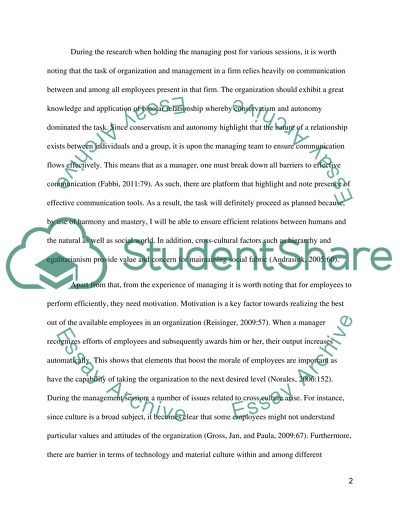Cite this document
(Cross Culture Communication in Working Conditions Essay, n.d.)
Cross Culture Communication in Working Conditions Essay. Retrieved from https://studentshare.org/human-resources/1453601-cross-culture-communication-this-is-a-group-and-i
Cross Culture Communication in Working Conditions Essay. Retrieved from https://studentshare.org/human-resources/1453601-cross-culture-communication-this-is-a-group-and-i
(Cross Culture Communication in Working Conditions Essay)
Cross Culture Communication in Working Conditions Essay. https://studentshare.org/human-resources/1453601-cross-culture-communication-this-is-a-group-and-i.
Cross Culture Communication in Working Conditions Essay. https://studentshare.org/human-resources/1453601-cross-culture-communication-this-is-a-group-and-i.
“Cross Culture Communication in Working Conditions Essay”, n.d. https://studentshare.org/human-resources/1453601-cross-culture-communication-this-is-a-group-and-i.


